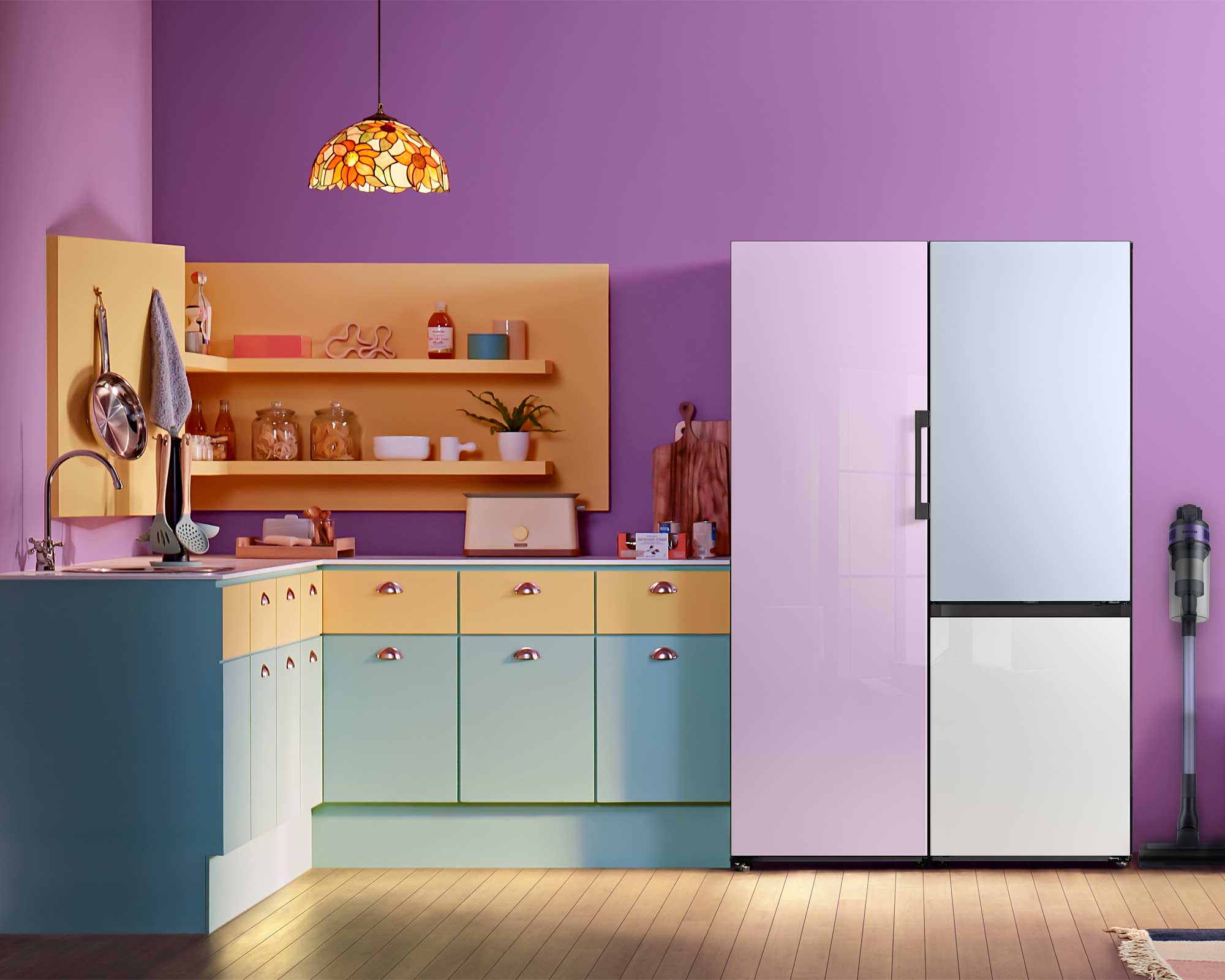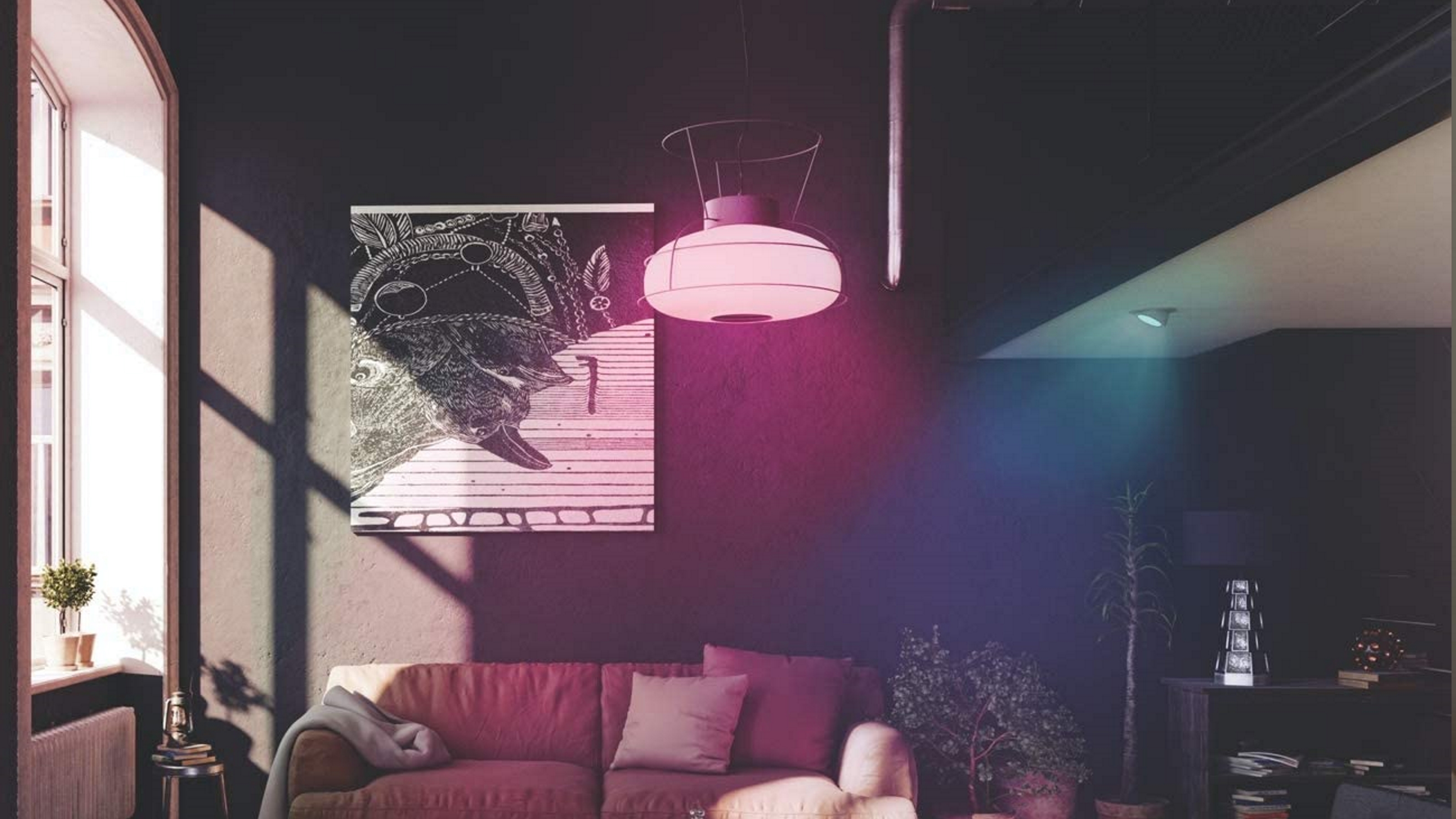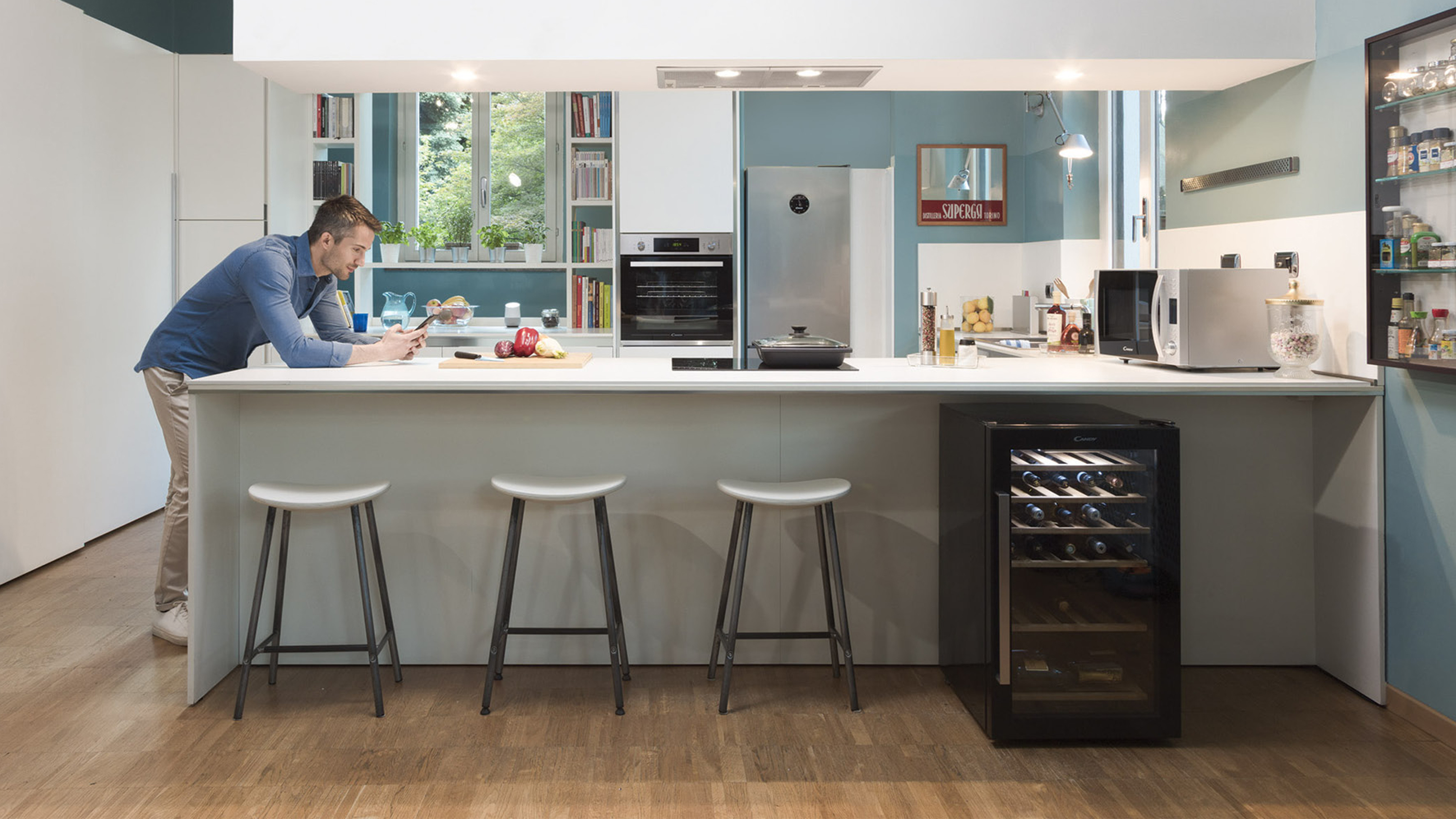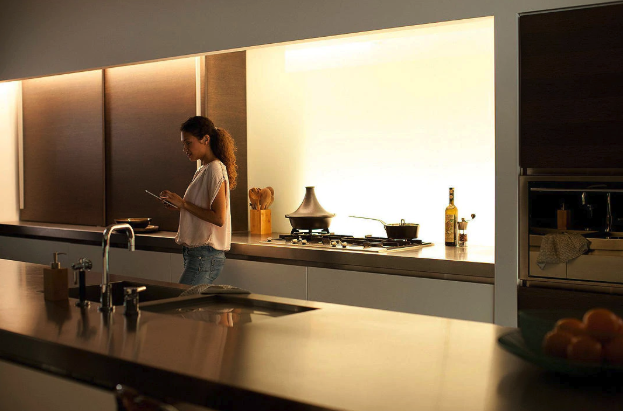

If you want lower energy bills it pays to know what uses the most electricity in a home. And who would say no to paying less – as well as reducing the impact on the planet? Yup, we’re pretty sure, the answer is no one.
In order to save, you’ll need to find out what appliances use the most electricity, as well as which other features of your home account for a big proportion of your utility bills.
With the help of the experts, we’ve put together a list of the biggest electricity guzzlers along with tips on how to save energy at home, so you can reduce your consumption and your spend.
What uses the most electricity in a home?
You might be surprised by the list of what uses the most electricity in a home, but it’s not just interesting information. Being aware of what appliances use the most electricity can help you prioritize the energy-saving strategies you adopt for maximum savings.
Here, you’ll find our top 10 energy users along with the advice you need so you can use less energy.
What uses the most electricity in your house?
Number one in the list of what uses the most energy in a home is space heating appliances. While individual costs vary dependent on the types of heating, typically these account for 31.3 per cent of your consumption, according to Fixr, which used information taken from the US Energy Information Administration (EIA) annual energy outlook report 2021 to calculate the percentage of total gross end-use energy consumption each month in single family households.
‘The biggest energy consumers in homes are heating devices,’ says Adam Graham, construction industry analyst at Fixr.
At number two? We’re still talking heating. Your water heater accounts for 13.6 per cent of consumption, according to Fixr’s calculations.
Space cooling is also responsible for a large proportion of your spend at 10.7 per cent, the site reveals.
What appliances use the most electricity in a household?
Aside from home heating and cooling, when we’re talking about what appliances use the most electricity, it’s refrigerators that account for the largest share of bills: that’s 4 per cent of electricity consumption, according to Fixr’s calculations.
These are followed by dryers, accounting for 3.2 per cent.
Lighting also makes its impact on your bills at 2.8 per cent.
And pay attention to the influence of the TV and other home entertainment equipment on energy use, which equals that of lighting at 2.8 per cent.
Computers and related equipment, meanwhile, account for 1.1 per cent.
Wondering about where clothes washers fall in the list of what uses the most electricity in a home? They account for 0.5 per cent of consumption.
Dishwashers use slightly less energy at 0.4 per cent.
What makes my electricity bills so high?
HVAC systems use the most electricity in a home, so these have a major effect on bills, but you can see that other appliances can also be making a contribution worth paying attention to.
‘The best way to determine what is using the most energy in your specific home is to do a home energy audit,’ says Bailey Carson, Home Care Expert at Angi. ‘You can do this yourself or hire a pro to check more specifically where your home is using up the most energy and provide recommendations on how to improve its energy efficiency.’
How to cut down on electricity use – and save money
Now you know what uses the most electricity in a home, for lower bills try these strategies:
1. To save on space heating good home insulation is key. ‘A key solution to cutting down on energy use from heaters is to fully insulate your home, seal up any gaps around windows, doors, and other penetrations in your walls, replacing your windows or updating your existing heating system for newer versions,’ says Adam Graham.
2. As for water heating, swapping to a different system can be the answer. ‘It is best to use a tankless water heater to save on energy, as it heats water as and when it is needed, as opposed to other options that heat water continuously throughout the day,’ he says.
3. To save on air conditioning, the US Department of Energy recommends home cooling strategies that require less energy. ‘A combination of proper insulation, energy-efficient windows and doors, daylighting, shading, fans, and ventilation can often keep homes cool with a minimum of energy use in all but the hottest climates,’ the department advises.
4. To reduce the impact of both refrigerators and dryers on bills, buy smart when you replace. ‘Energy star rated appliances are the best way to cut down on energy consumption when it comes to refrigerators and clothes dryers,’ says Adam Graham. ‘Homeowners can also opt for line drying whenever possible to avoid electricity dependency.’
5. Lighting is high on the list of what uses the most electricity in a home, but you can address this by switching to LED or CFL bulbs, says Bailey Carson. ‘While they cost more to buy, LED and CFL bulbs will last longer and use less up to 75 per cent less energy than incandescent bulbs, lowering your monthly bills.’
6. Pay attention to what are known as ‘vampire products’, too, to make savings. ‘You can save 10 to 15 per cent on your energy bill by unplugging devices and appliances when they’re not in use,’ says Bailey.
‘Vampire products are sucking energy even when they’re not in use, so unplug everything before you go on vacation or when you’re done using it. This includes toaster ovens, coffee makers, computer monitors, and DVR and cable boxes. Once you’re done using these products, unplug them completely.
‘Other vampire products include your phone and computer. Once these devices are fully charged, unplug them or turn off their power strip to avoid sucking unnecessary energy from your home.’
Join our newsletter
Get small space home decor ideas, celeb inspiration, DIY tips and more, straight to your inbox!

Sarah is a freelance journalist and editor writing for websites, national newspapers, and magazines. She’s spent most of her journalistic career specialising in homes – long enough to see fridges become smart, decorating fashions embrace both minimalism and maximalism, and interiors that blur the indoor/outdoor link become a must-have. She loves testing the latest home appliances, revealing the trends in furnishings and fittings for every room, and investigating the benefits, costs and practicalities of home improvement. It's no big surprise that she likes to put what she writes about into practice, and is a serial house revamper. For Realhomes.com, Sarah reviews coffee machines and vacuum cleaners, taking them through their paces at home to give us an honest, real life review and comparison of every model.
-
 Best smart bulb: upgrade your living space with enhanced home lighting and security
Best smart bulb: upgrade your living space with enhanced home lighting and securityInvest in the best smart bulbs for better home security, the ultimate mood lighting and more
By Emily Shaw Last updated
-
 3 ways smart appliances can simplify your daily life
3 ways smart appliances can simplify your daily lifeMake daily tasks easier by considering these three key areas where smart appliances can make a dramatic difference
By Sponsored Published
-
 Philips Hue smart lighting is on sale – get yours now
Philips Hue smart lighting is on sale – get yours nowGet your hands on the best smart lighting around – Philips Hue is now on offer at John Lewis
By Emily Shaw Published
-
 Save money across the Philips Hue range – massive discounts on smart lighting
Save money across the Philips Hue range – massive discounts on smart lightingWe've spotted Philips Hue starter kits and bulbs on sale at John Lewis – there's never been a better time to shop smart lighting
By Emily Shaw Last updated
-
 Philips Hue deals: pick up this coveted smart lighting for the best price possible
Philips Hue deals: pick up this coveted smart lighting for the best price possibleThese Philips Hue deals mean you can get your hands on some of the best smart lighting around at the best prices
By Emily Shaw Published
-
 Philips Hue Lightstrip review
Philips Hue Lightstrip reviewOur Philips Hue Lightstrip review is a must read if you're thinking of investing in this popular smart lighting solution
By James Peckham Last updated
-
 Philips Hue Starter Kit review
Philips Hue Starter Kit reviewOur Philips Hue Starter Kit review will help you decide is Philips Hue is the smart lighting solution for you...
By James Peckham Last updated
-
 LIFX smart lighting review
LIFX smart lighting reviewOur LIFX smart lighting review provides unbiased insight into how these popular smart lights really perform...
By James Peckham Last updated